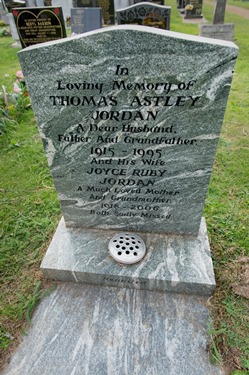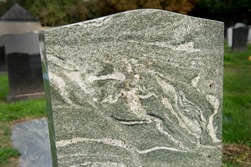Geologist and science writer Nina Morgan celebrates a high point in the history of geology.
 The Swiss geologist and meteorologist Horace Bénédict de Saussure [1740-1799] is not the only geologist who was drawn to the subject because of his love of high mountains. But, one could argue, he took his passion to new heights. Sometimes referred to as the Father of Alpinism, he reached the summit of Mont Blanc in 1787, accompanied by 18 guides and a number of scientific instruments. Although not the first party to reach the top, his expedition caught the popular imagination. Some even suggested that Mont Blanc be renamed in his honour.
The Swiss geologist and meteorologist Horace Bénédict de Saussure [1740-1799] is not the only geologist who was drawn to the subject because of his love of high mountains. But, one could argue, he took his passion to new heights. Sometimes referred to as the Father of Alpinism, he reached the summit of Mont Blanc in 1787, accompanied by 18 guides and a number of scientific instruments. Although not the first party to reach the top, his expedition caught the popular imagination. Some even suggested that Mont Blanc be renamed in his honour.
International glory
It also won him an international reputation among scientists. During his 14 trips in the Alps Saussure carried out experiments on heat, cold, the weight of the atmosphere, electricity and magnetism. He also studied Alpine geology, and identified 15 'new' minerals, discoveries that led him to realise that the composition of all rocks is not the same. An early adopter of the term 'geology' in the modern sense – the word was used earlier to distinguish heavenly matters from earthly ones – Saussure was also a firm believer in the Neptunian theory. But at the same time, his observations of rocks, erosion and fossils in the Alps convinced him that the Earth was much older than generally thought.
Although Saussure never got round to writing a formal synthesis of his geological ideas, the last volume of his major four-volume work, Voyages dans les Alpes, précédés d'un essai sur l'histoire naturelle des environs de Genève, published between 1779 and 1796 gives insights into his way of thinking. Saussure became convinced that study of the present would be the key to understanding the Earth's past and predicting its future. His observations provided James Hutton [1726 – 1797] with some of the fundamental documentation Hutton used to formulate his own theories.
Posthumous fame
 To the proverbial citizen on the street in Switzerland, Saussure remains a familiar figure because his portrait appears on the blue 6th series 20 Franc Swiss banknotes which are still legal tender. For geologists and mineralogists his name also lives on in many modern cemeteries. One of the minerals he discovered, saussurite, a hydrothermal alteration product of plagioclase feldspar, is responsible for the striking green colour of some of the more spectacular gravestones made of metamorphic rocks!
To the proverbial citizen on the street in Switzerland, Saussure remains a familiar figure because his portrait appears on the blue 6th series 20 Franc Swiss banknotes which are still legal tender. For geologists and mineralogists his name also lives on in many modern cemeteries. One of the minerals he discovered, saussurite, a hydrothermal alteration product of plagioclase feldspar, is responsible for the striking green colour of some of the more spectacular gravestones made of metamorphic rocks!
Images: Saussurite in a migmatite gravestone in Headington Municipal Cemetery in Oxford. Photos courtesy of Mike Tomlinson.
Acknowledgements
A visit to Headington Municipal Cemetery with John Dewey provided the inspiration for this vignette. Other sources of information include entries for Horace Bénédict de Saussure at encyclopedia.com, wikipedia.com, and at www.mtholyoke.edu/courses/rschwart/hist257s02/students/Anna/Saussure.htm; articles about Swiss currency on Wikipedia; and about the etymology of the term 'geology' in the Oxford English Dictionary.
* Nina Morgan is a geologist and science writer based near Oxford, currently working on a book about the Geology of Gravestones.